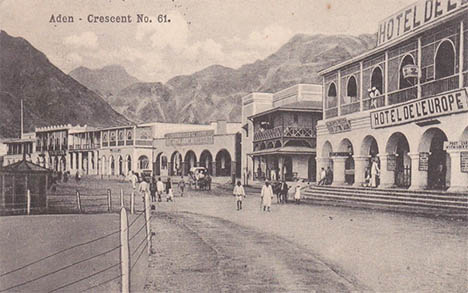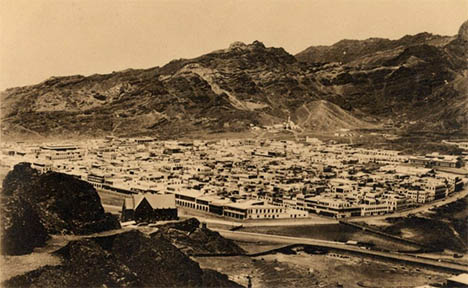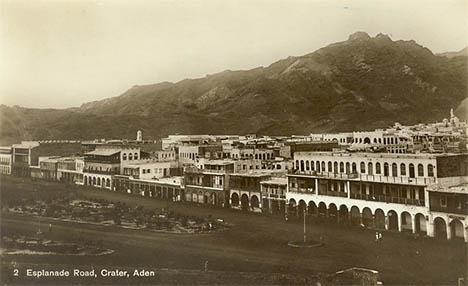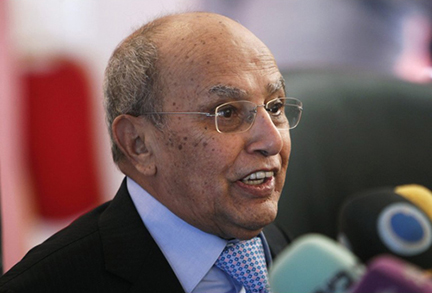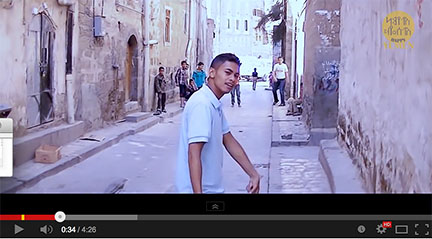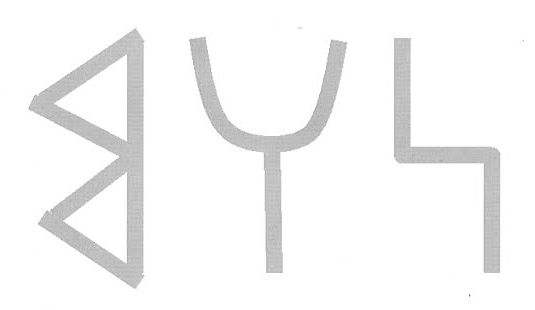
The following is the abstract of a Yemeni MA thesis on agricultural crops in ancient South Arabia.
زراعة المØاصيل الزراعية ÙÙŠ اليمن القديم
الباØØ«: Ø£ / ليبيا عبد الله ناجي ØµØ§Ù„Ø Ø¯Ù…Ø§Ø¬
الدرجة العلمية: ماجستير
الجامعة: جامعة صنعاء
الكلية: كلية الآداب
القسم: قسم التاريخ
بلد الدراسة: اليمن
لغة الدراسة: العربية
تاريخ الإقرار: 2009
نوع الدراسة: رسالة جامعية
الملخص:
موضوع هذه الدراسة “المØاصيل الزراعية ÙÙŠ اليمن القديم” لا تتناول ماهية تلك المØاصيل Ùقط وإنما تتناول كل ما يتعلق بها من كاÙØ© الجوانب، من Øيث البدايات الأولى لظهور الزراعة ÙÙŠ اليمن القديم، والآراء المختلÙØ© والمتباينة Øول ذلك، وما كان يزرع من Ù…Øاصيل آنذاك. وكذا بداية ظهور الري والاعتماد عليه ÙÙŠ سقي المزروعات. بالإضاÙØ© إلى ØªÙˆØ¶ÙŠØ Ø§Ù„ÙˆØ³Ø§Ø¦Ù„ المستخدمة ÙÙŠ العملية الزراعية خلال تلك الØقب الزمنية. ثم تدرس باستÙاضة المواسم الزراعية ÙˆÙصول السنة وشهورها، بالإضاÙØ© إلى مصادر المياه المتمثلة بالأمطار وطرق الري المختلÙØ© والمتناسبة مع هذا المصدر، منذ سقوطها على الجبال وانØدارها Ù†ØÙˆ الأودية ÙˆØتى وصولها إلى الأراضي الزراعية. وكذا المصدر الثاني وهو المياه الجوÙية، وما يتطلب من ØÙر أبار لاستخراج تلك المياه من باطنها. كما تتطرق الدراسة إلى كيÙية تقسيم المياه بين الأراضي الزراعية، والقائم بتلك العملية.
Continue reading South Arabian Agriculture
